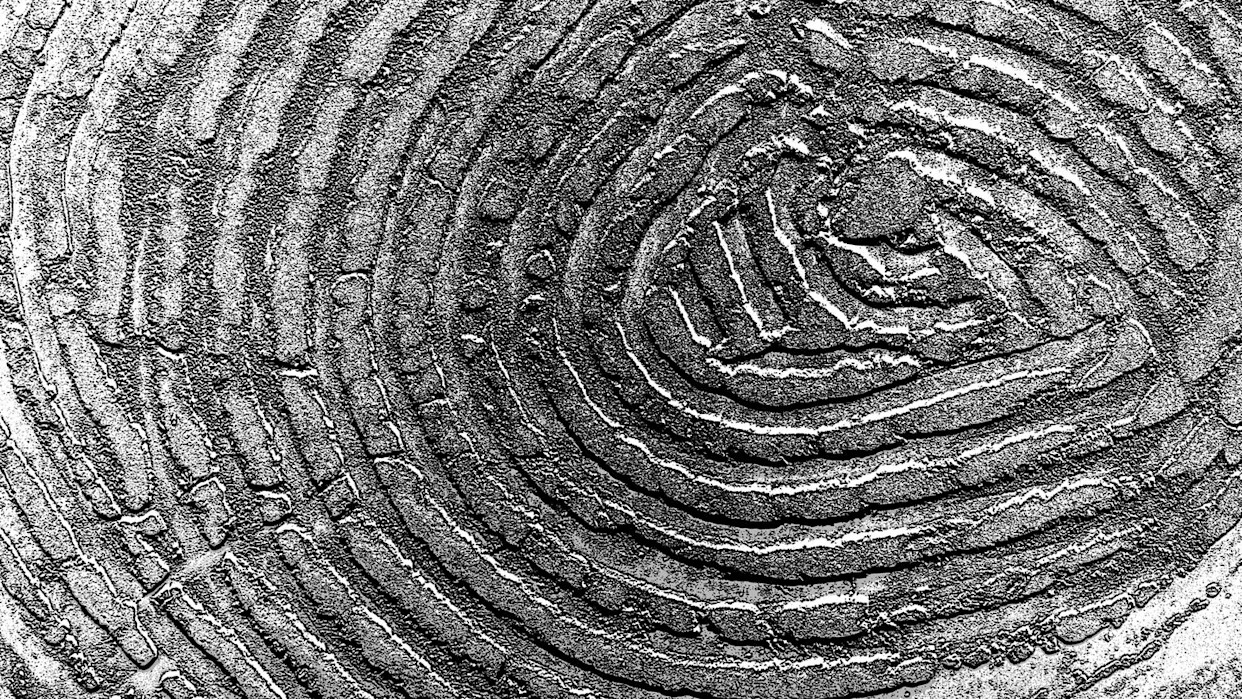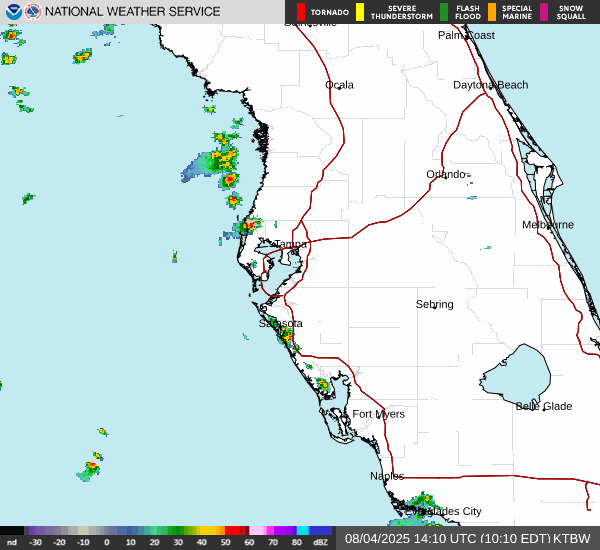In one Mexican fishing town, tourists dine on lobster while locals are left with microplastic-tainted fish.
What's happening?
In Puerto Morelos, fishers are risking their lives at sea to catch high-value seafood that ends up on affluent tourists' plates.
Meanwhile, as Wired explains, they are left to feed their families with local fish caught near the town's beaches, which are contaminated with microplastics. These anglers also complain about pirates who fish offseason with "total impunity," resulting in a drop in lobster populations.
This narrative is supported by a study, published in the journal Marine Biology, that documented these fishers' lives and analyzed contaminants in 424 locally caught fish.
Scientists found that fish caught with a simple line and hook in shallow waters near the coast had significantly more plastics in their digestive systems than those caught in deeper waters, Wired noted.
Why is this study concerning?
This study adds to a mountain of research that has uncovered microplastics in food, water, air, and soil. For instance, one study on different animal and non-animal protein sources found microplastics in nearly all samples, including beef and tofu.
Watch now: How bad is a gas stove for your home's indoor air quality?
While scientists are trying to better understand how microplastic exposure can affect us, these tiny plastic particles have already been tied to health problems such as cancer, dementia, kidney disease, and impaired blood flow in the brain.
Still, more research needs to be done to understand the full impacts of microplastics, according to Omar Oslet Rivera-Garibay, lead author of the new study.
"Microplastics contain potentially hazardous chemicals, such as plastic monomers and additives, and they absorb toxic contaminants from the environment, like harmful microbes and algae that may cause illnesses in humans," he told Wired. "However, there is still no solid evidence that the safety of seafood is compromised by microplastics."
What's being done about microplastics?
Microplastics are difficult — but not impossible — to remove from the environment. In fact, researchers in Australia have created an absorbent in the form of a powder additive that attracts microplastics and dissolved pollutants. Another group of scientists has found a way to remove them from farm soil by using a type of processed farm waste.
You can help be part of the solution by stopping microplastics at their source. Microplastics most often enter the environment as larger plastics that degrade over time. Simple actions such as using a reusable water bottle, opting for a reusable shopping bag, and bringing your own to-go containers to restaurants can make a big difference.
Do you think Americans use too much plastic? Click your choice to see results and speak your mind. |
Join our free newsletter for easy tips to save more and waste less, and don't miss this cool list of easy ways to help yourself while helping the planet.





Comments